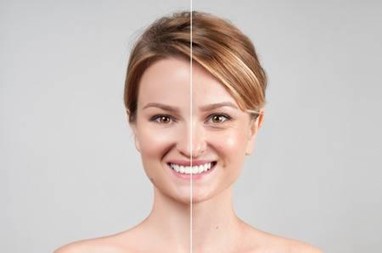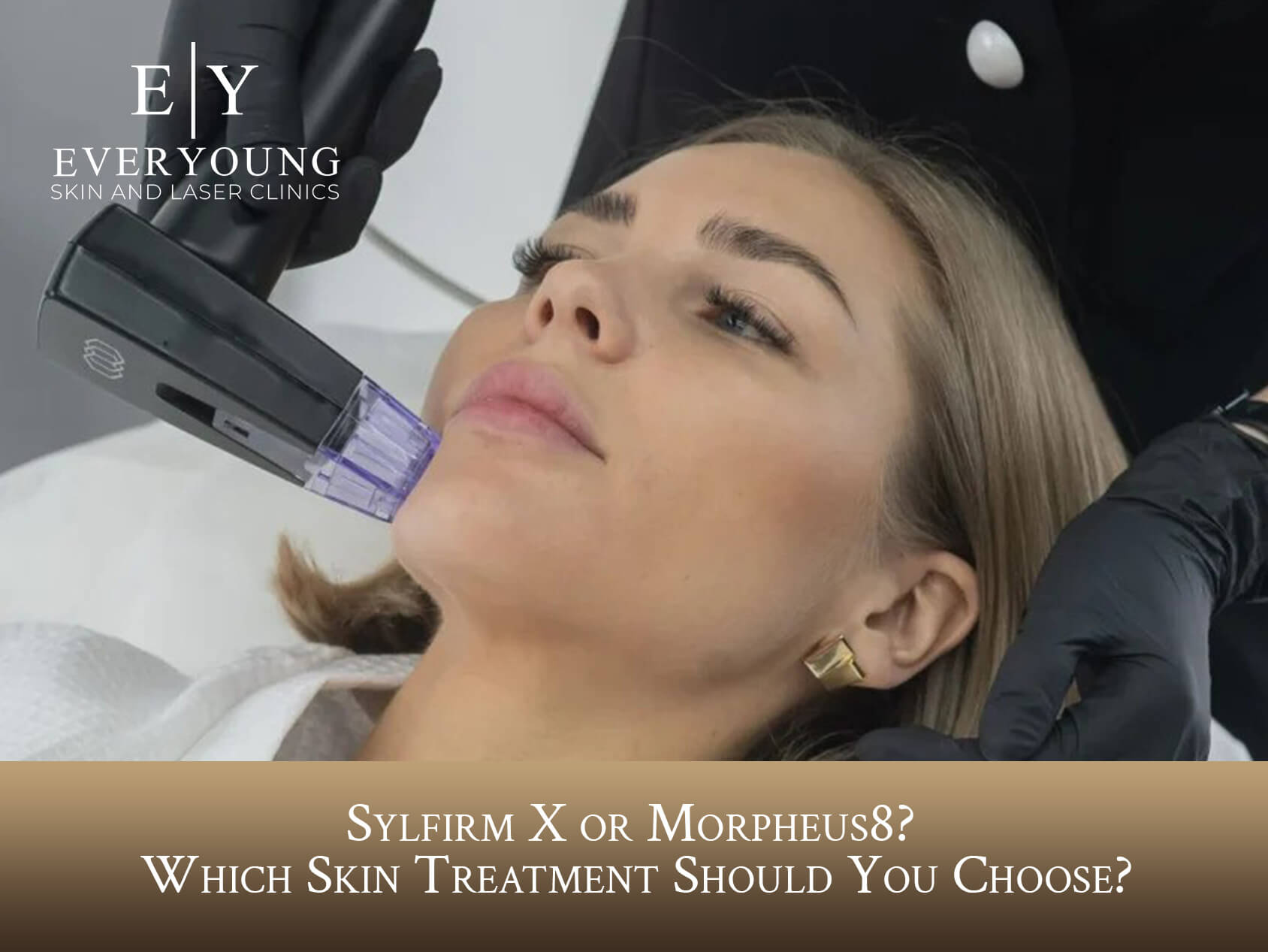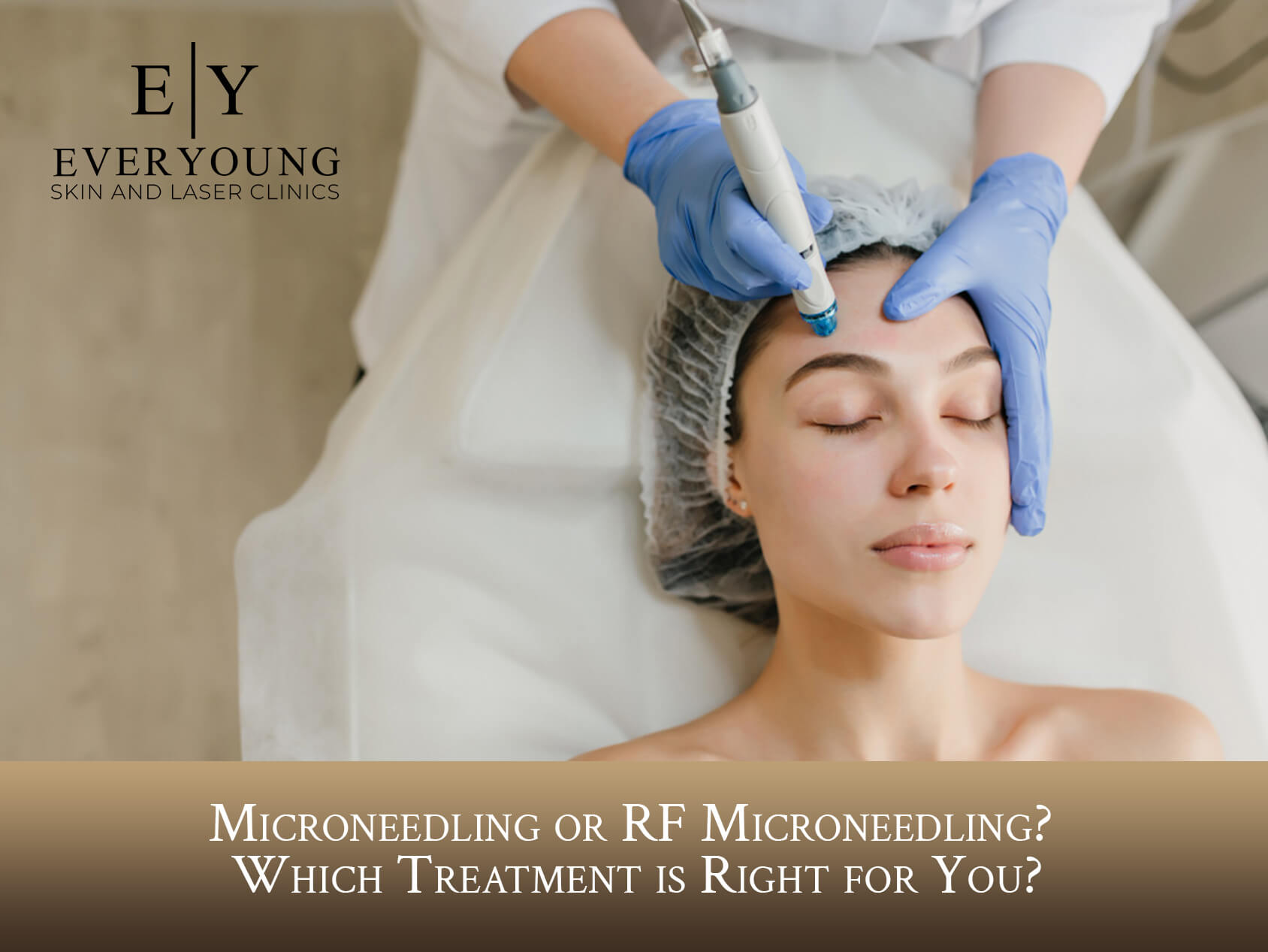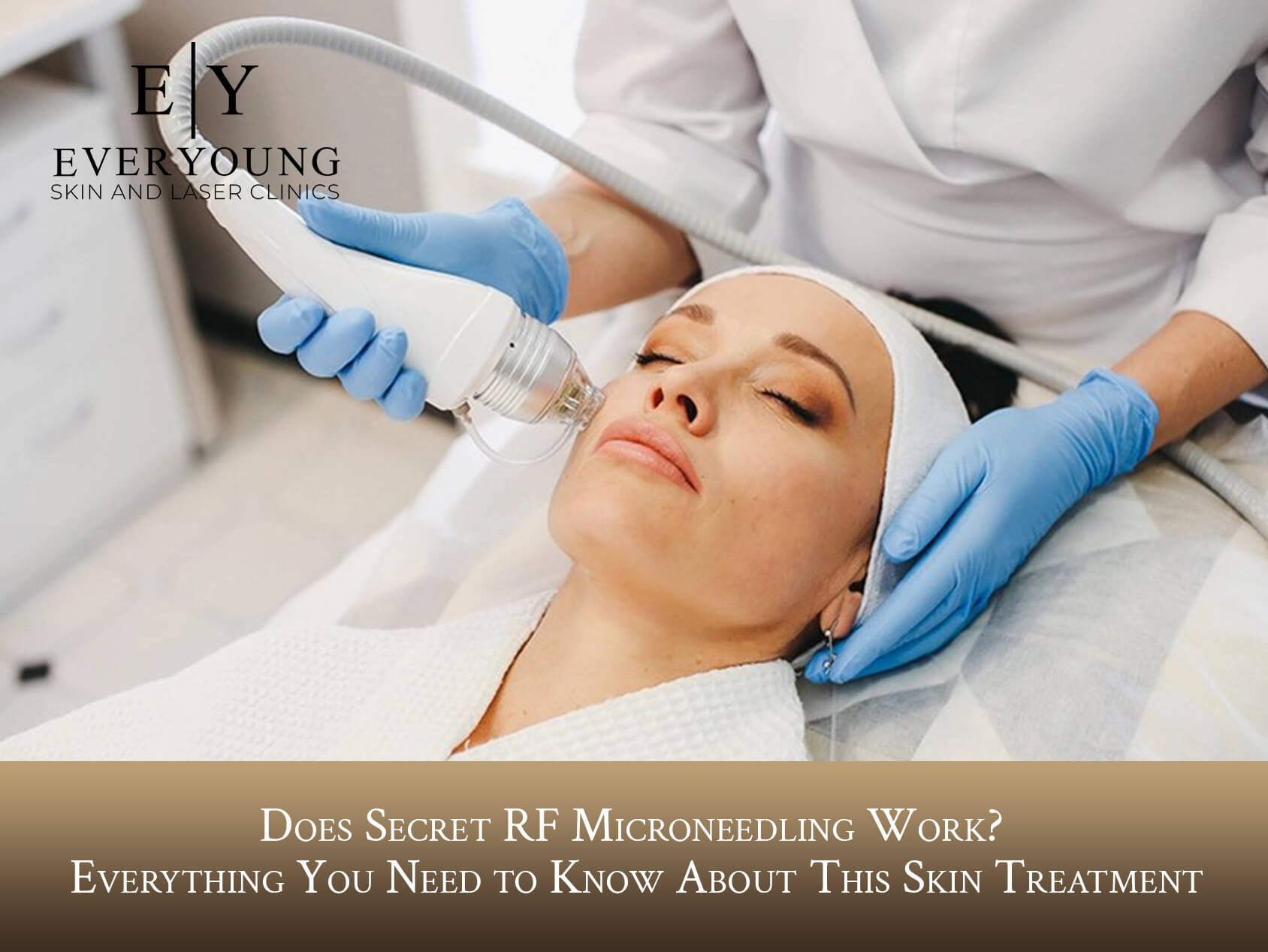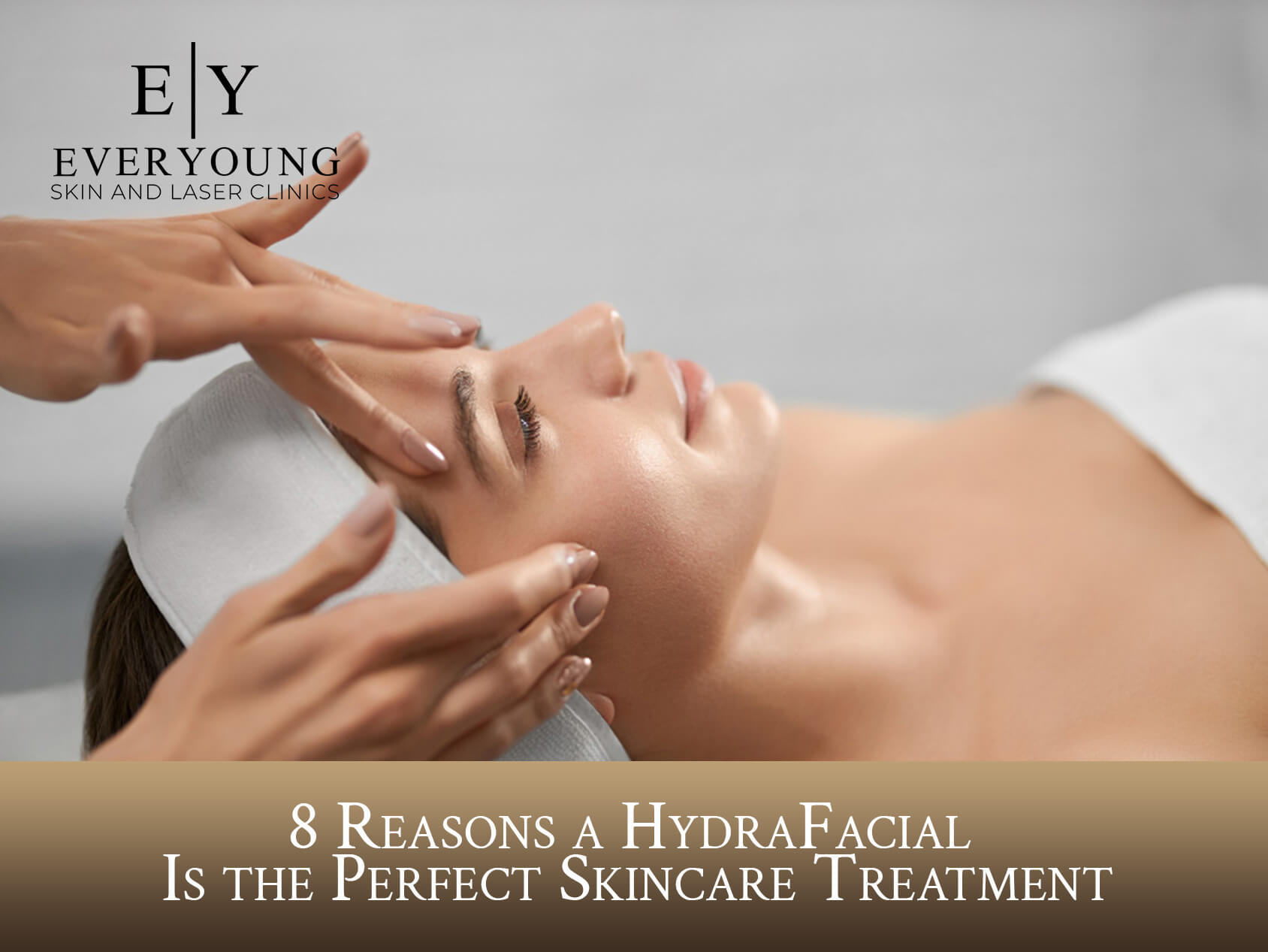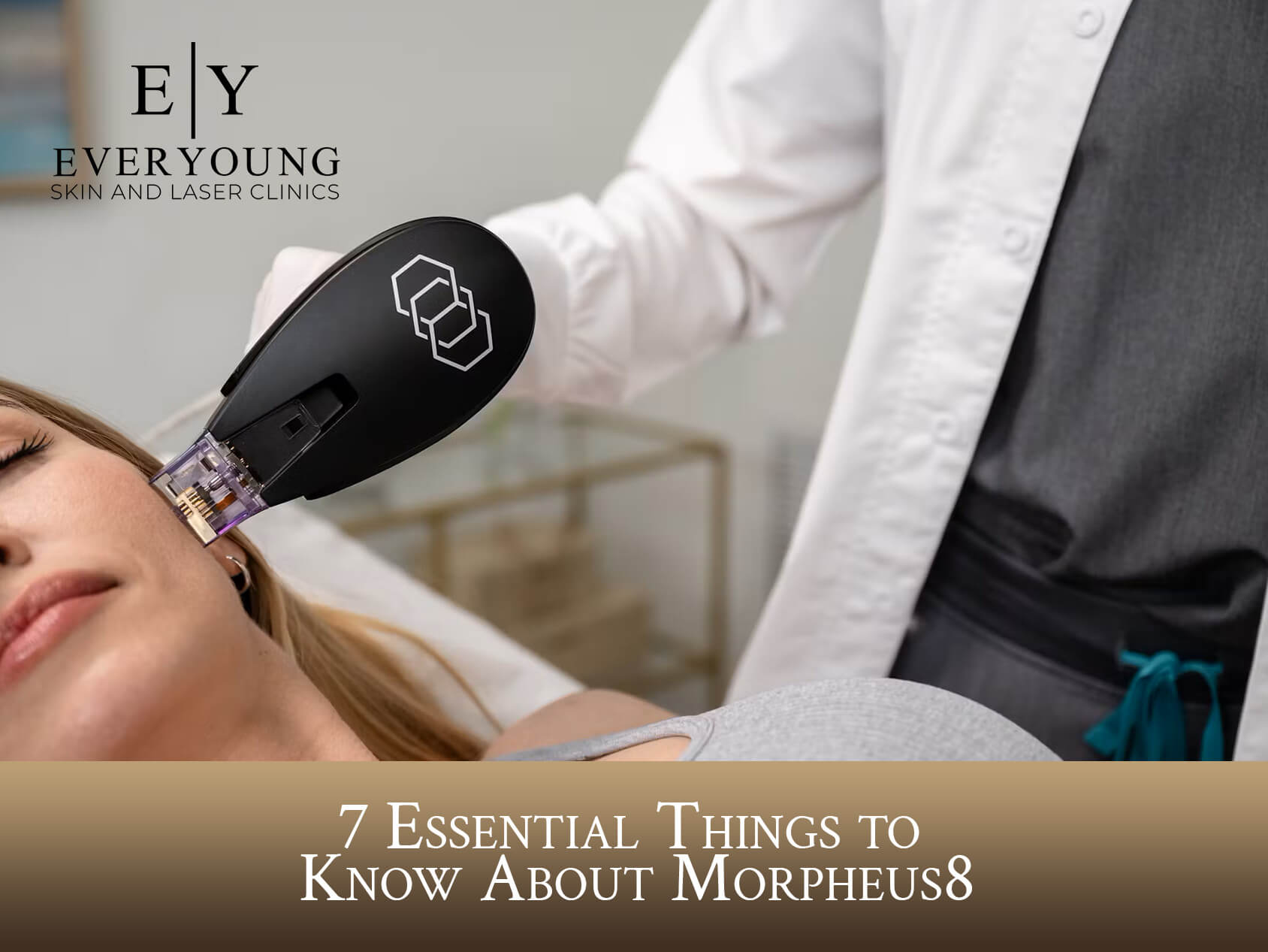Both minimally-invasive treatments that can be done at cosmetic clinics, botulinum toxin (i.e Botox, Dysport, Xeomin) and dermal fillers are three of the most popular injectable treatments on the market. Although often talked about in the same realm, they serve different purposes and work in different ways to beautify and enhance one’s appearance, and ultimately last varying lengths of time. As a simple rule that everyone should know, dynamic lines of expression on the face require botox, and static lines at rest need filler.
Botulinum toxin came to fruition in the early 1990s when celebrities made headlines for getting the procedure done and tremendous research on its positive effects and potential uses surfaced. At first, it had the reputation as a Hollywood-esque procedure, but later became a billion-dollar market and was advertised in malls, spas, on TV to the general public. On the other hand, dermal fillers have a slightly longer history, where bovine collagen was used up until hyaluronic acid fillers were approved in the early 2000s.
What do botox injections do?
Botox is a toxin that blocks the action of certain nerve types or weakens or paralyzes them. Cosmetically, injecting Botulinum toxin (i.e Botox, Dysport, Zeomin) serves to treat fine lines and wrinkles for a more youthful and refreshed look. However, it also serves non-cosmetic uses, like treating hyperhidrosis in the armpits and injecting into the jaw muscle to prevent teeth grinding. Botox can treat mild to severe forehead lines, crow’s feet, glabellar frown lines, marionette lines, neck bands, and more.
What are dermal fillers?
Dermal fillers come in a variety of temporary, semi-permanent, and collagen stimulating gel-like materials in order to do exactly what their name suggests — fill in folds of the face. They work to restore fullness and volume in areas of the face that is lost due to aging or to external factors like lifestyle and sun exposure. The substance is injected beneath the surface of the skin to plump up the area and restore the face symmetry. Like Botox, dermal fillers can also work to reduce the wrinkles by filling in the lines instead of relaxing the muscle. While Botox stops the muscle movement in your face, dermal fillers plump up below the wrinkles to smoothen.
What can I expect before, during, and after treatment?
With both Botox and dermal fillers, you can expect a non-invasive treatment that lasts only 10-30 minutes. Before treatment, you’ll discuss with your doctor, nurse, or medical provider what your goals are and your options to achieve them. After treatment, you may experience a small amount of swelling and redness that will disperse in just a few minutes. Results will start to appear immediately and become fully natural after a week. Follow-up appointments can be made to assess the results 2 weeks after.

How long do results last?
For Botox, results last around four to six months, whereas depending on the type of dermal filler you opt for, results can last up to two years. Despite these general guidelines, results are dependent on the individual and can vary. Over time, individuals can attain the same results with lower dosages.
The best way to personalize your treatment and ensure quality results is to consult with a board-certified physician that can evaluate your skin, your goals, and select the best treatment for you and which is the best fit for you.
If you are interested in exploring your options with Botox and/or dermal fillers, book a consultation at EverYoungMed in North Vancouver, Burnaby, or Coquitlam. EverYoung’s Medspa Clinics offer every FDA-approved dermal filler available in Canada and are highly trained to administer Botox. Patients can choose to work with facial sculpting, enhance facial volume, or simply reduce the visibility of wrinkles and lines for a more refreshed look.



